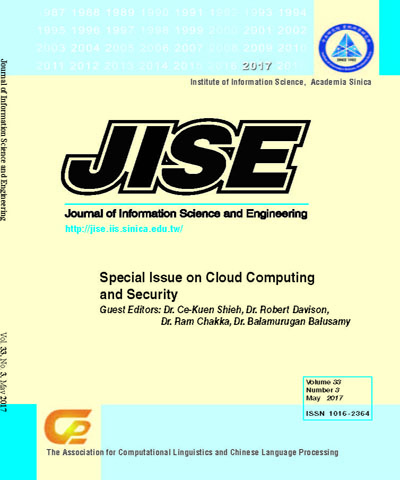
Journal of Information Science and Engineering
- OpenAccess
社團法人中華民國計算語言學學會,正常發行
選擇卷期
- 期刊
- OpenAccess
The Thai tourism sector has been significantly influenced by recent advances in multimedia technologies that help promote tourism, with Virtual Reality being exemplary. This study analyzes and predicts the behavior of tourists visiting the Virtual Chaiya National Museum to develop standards of quality for its products and services. Virtual Reality is useful in attracting tourists as it applies the concept of gamification using multimedia approaches. A sample of 580 tourists was used, and machine learning techniques were employed to predict the tourists' behavior. The results showed an accuracy of 99.48% using particle swarm optimization with random forest, followed by 99.45% using genetic algorithm search, and 99.13% using best-first search. Methods of feature selection were used with an Apriori algorithm to render the search for the rules governing tourist behavior more efficient. Particle swarm optimization with the Apriori algorithm yielded an effective confidence of 1.0. Tourist satisfaction with the quality of service at the Virtual Chaiya National Museum was 81.2%. The findings here can be used to choose the optimum dataset of features to create an effective prediction model and generate rules that can be used to describe tourist behavior.
- 期刊
- OpenAccess
Compared with traditional relational tables, web tables have no designated key attributes or entity columns, which make them difficult for machines to understand. The effectiveness of existing methods for entity column detection usually depends on the coverage of knowledge base, and efficiency of traversing knowledge base is low. In this paper, we propose a novel framework for discovering entity columns in web tables based on approximate primary functional dependency. We build the table schema dependency graph to reflect semantic dependency relationships between columns of a web table. By calculating the importance of each attribute node in the table schema dependency graph iteratively based on LeaderRank, our method can detect entity columns accurately and efficiently for both single-entity tables and multi-entity tables. The experimental results on real web datasets show that our method significantly outperforms previous work in both effectiveness and efficiency, especially for large tables.

